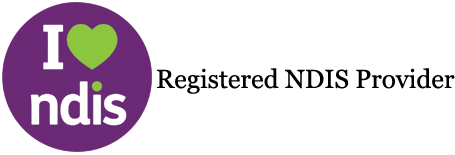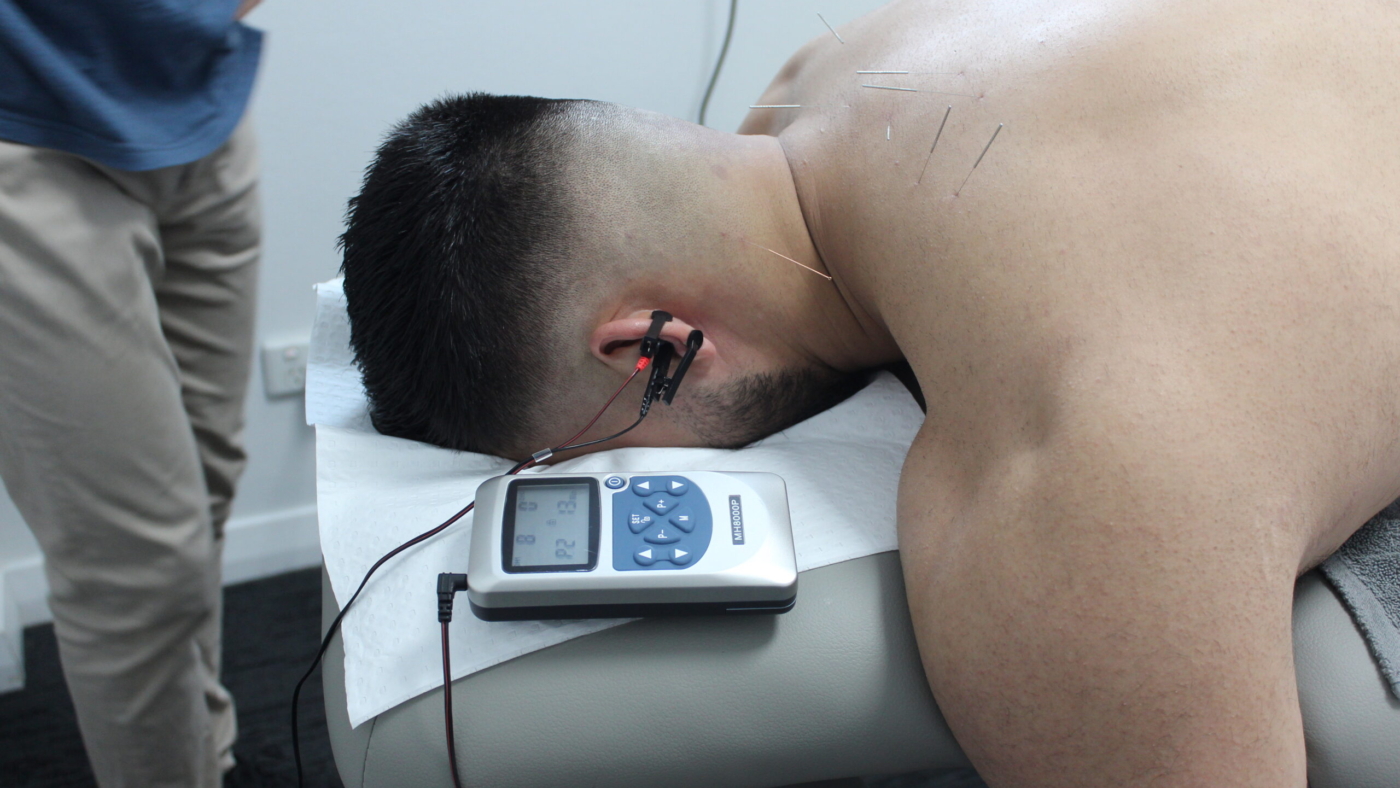Dry needling, also known as “intramuscular stimulation ”, is a medical procedure that helps to relieve chronic muscle pain and trigger points. Trigger points are points in the muscles where tightness, pain, and/or limited range of motion cause referred pain, tingling and numbness. Dry needling is an invasive procedure performed by a licensed healthcare practitioner.
What is dry needling?
Dry needling is a type of physical therapy that uses thin needles to stimulate trigger points in the muscles. This helps to release tension and relieve pain. Dry needling can be used to treat a variety of conditions, including headaches, migraines, TMJ disorders, back pain, neck pain, shoulder pain, and more.
What are the benefits of dry needling therapy?
As an alternative to traditional forms of therapy, dry needling has become increasingly popular in recent years. This type of therapy can be used to treat a wide range of conditions, including muscle pain, tendonitis, and headaches.
One of the main benefits of dry needling therapy is that it can help to release tight muscles. This can lead to improved range of motion and reduced pain. In addition, dry needling can help to improve blood circulation and reduce inflammation.
Another benefit of dry needling is that it can be used to treat a wide variety of conditions. This makes it an ideal option for those who may not respond well to other forms of therapy. In addition, dry needling is often less expensive than other forms of therapy.
If you are considering dry needling therapy, be sure to consult with your healthcare provider to see if it is right for you.
How does it work?
Dry needling is a form of therapy that uses thin needles to target trigger points in the muscles. It is a relatively new treatment option, but it has shown promising results for treating pain and improving movement.
Dry needling works by targeting trigger points in the muscles. These are areas of muscle that have become tight and irritable and can cause pain and discomfort. The needles help to release the tension in these trigger points, which can improve pain and movement.
Are there any side effects?
Dry needling is a safe and effective treatment for many conditions. However, as with any treatment, there are potential side effects. The most common side effects are bruising, soreness, and redness at the needle site. These side effects are usually mild and go away quickly. More serious side effects are rare, but can include bleeding, infection, and nerve damage. If you experience any of these side effects, please contact your healthcare provider immediately.
Where does dry needling therapy come from?
Dry needling therapy is a relatively new treatment modality that has been gaining popularity in recent years. While the exact origins of dry needling are unclear, it is thought to have originated in China. Dry needling therapy was first introduced to the United States in the early 1900s by Dr. George Goodheart. Dr. Goodheart was a chiropractor who developed a technique called “trigger point therapy” which is similar to dry needling.
Dry needling therapy is based on the theory that trigger points, or knots, in the muscles can cause pain and other problems. The therapist inserts needles into these points to release the tension and improve pain. Dry needling is sometimes called acupuncture, but there are differences between the two treatments. Acupuncture is based on Traditional Chinese Medicine and has been used for centuries. Dry needling is a more modern approach that is based on Western medicine principles.
There is some controversy surrounding dry needling therapy. Some health care professionals believe that it is an effective treatment for certain conditions, while others are not convinced of its efficacy. More research is needed to determine the effectiveness of dry needling therapy.
How can you get the most out of a dry needle session?
There are a few things you can do to make sure you get the most out of your dry needle session. First, be sure to communicate with your therapist about any areas that are especially sore or tight. This will help them target the areas that need the most attention. Second, relax as much as possible during the session. This will help the needles work more effectively and release tension more easily. Finally, be sure to drink plenty of water afterwards to help flush out any toxins that have been released from your muscles.
How much does dry needling cost?
Our prices our listed on our website for your convenience.
What other services do you offer?
How do I book an appointment ?
Call : 9791 9599
Email : [email protected]

